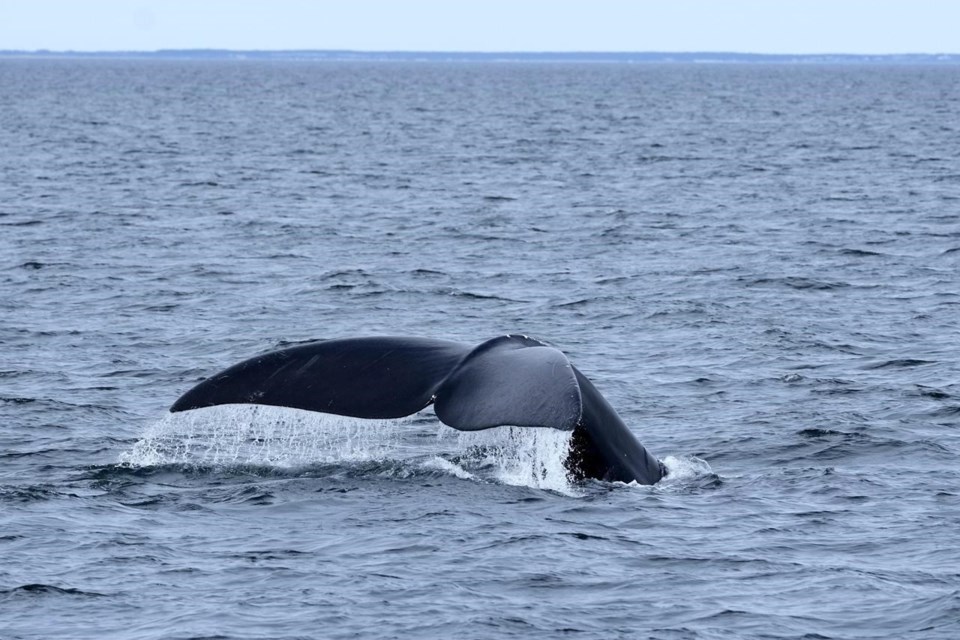HALIFAX — A lucrative lobster fishing area in the Maritimes is set to reopen this week after a sighting of North Atlantic right whales shuttered the fishery just weeks into the spring season.Â
The endangered whales were spotted earlier this month in the Gulf of St. Lawrence, northeast of Prince Edward Island's Malpeque and Cascumpec Bays.
The sighting triggered a 15-day closure of popular lobster fishing grounds — part of Lobster Fishing Area 24.
The federal Fisheries Department says the fishing area is set to reopen Friday.
But it says two surveillance flights are required before the area reopens to fish harvesters to determine whether whales are still present.
The department says a second sighting in the coming days would restart the 15-day fishing ban.Â
There are an estimated 340 North Atlantic right whales remaining. Two deaths have been reported in U.S. waters this year — a 20-year-old male that was hit by a ship and a calf that showed no signs of vessel collision or entanglement in fishing gear.
Scientists report 12 right whale calves have been born this year.
The federal Fisheries Department says its so-called dynamic closure system is intended to protect whales where they are spotted to reduce the risk of entanglement in fishing gear.
If a right whale is visually or acoustically detected, a roughly 2,000-square-kilometre area is closed to non-tended fixed gear fisheries, including lobster and crab, for 15 days, the department says.
If a right whale is detected again in the same area during days nine to 15 of the closure, a 15-day extension is triggered. However, in some areas, a second sighting would trigger a season-long fishing closure.Â
This has caused some confusion among local fishers about whether the LFA 24 season — which runs from the end of April until the end of June — could restart at all.Â
The office of Fisheries Minister Joyce Murray said DFO does not implement season-long closures in shallow waters as they are considered lower risk areas.
"To clarify concerns raised about possible season-long closures in waters shallower than 20 fathoms, DFO would like to state that there are no season-long fishing area closures in waters shallower than 20 fathoms, where this current closure is taking place," Murray's office said in an emailed statement on Sunday.Â
This report by The Canadian Press was first published May 28, 2023.
The Canadian Press




